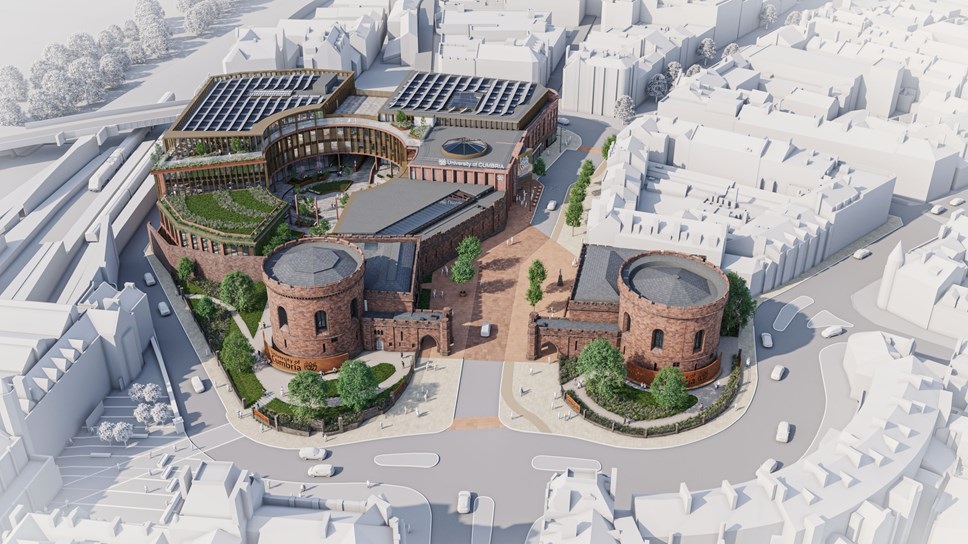Check Planning Permission First
Cumbria, especially areas within the Lake District National Park, follow strict planning rules. Before you lay a single brick, confirm the land has an outline or full planning permission. If not, you’ll need to submit a detailed application. It must show how your build will fit the local character, protect the environment, and meet design standards. If your plot sits in a conservation area or near listed buildings, expect extra scrutiny and longer wait times. Don’t assume you can convert barns, garages, or outbuildings without consent. Many older buildings in Cumbria come with restrictions, especially if they’re of traditional stone or have protected features.

Design Needs to Match the Area
The local councils, including the Lake District National Park Authority, push for a design that blends into the surroundings. You won’t get far with glass-heavy structures or city-style builds. Instead, use local stone, slate roofs, and traditional design elements. Window placement, rooflines, and colour choices matter. If the house looks out of place, it won’t get approved. Extensions to existing homes follow the same rules. You can’t simply bolt on a modern box. Everything must respect the scale and appearance of the original property.
Understand Local Occupancy Rules
In parts of Cumbria, especially in the National Park, homes often come with local occupancy conditions. The property can only be sold or rented to people with long-standing local ties—through family, employment, or residence. It’s aimed at stopping second-home ownership from pricing out local buyers. If you plan to sell or rent your new building, check these conditions early. Ignoring them will limit your pool of buyers or tenants later on.
Budget for More Than Just the Build
Rural sites often lack basic connections. You might need to install an access track, water supply, or sewage system. Mains gas may not be available. Electricity may require upgrading or extending. All this pushes up costs before you’ve started proper building work. Weather also plays a part. Cumbria’s heavy rain can cause site delays and require extra drainage work, especially on sloping plots or land near rivers and becks. Allow for proper foundations, possibly even flood-proofing measures.
Wildlife Can Delay Your Timeline
Protected species—bats, barn owls, newts—are common in Cumbria. If they’re found on or near your site, you’ll need ecological surveys and mitigation plans. Surveys are seasonal. You might need to wait months to carry them out. Until then, your project won’t move forward.
Choose the Right Team
The easiest way to avoid mistakes is to hire experienced builders in Cumbria. Local firms know the planning system, which materials are accepted, and what inspectors look for. They understand how to manage rural logistics, source traditional materials, and keep disruption to a minimum. National contractors often underestimate these challenges. Good local builders will also know which architects, surveyors, and subcontractors to trust. That alone saves time and prevents delays.
Expect Site-Specific Rules
Some plots come with extra conditions. You may have to limit working hours, manage vehicle access, or avoid certain times of year due to nesting wildlife. You might also need to screen the site with hedges or stone walls. The council could request landscaping, tree planting, or surface water management as part of your permission. These are not optional and must be completed before final sign-off.
Get Everything in Writing
Before digging, check every approval letter, planning document, and condition. Keep your builder informed. Miss a detail and you risk fines, delays, or even having to undo part of the build. Build slow, build right—and the result will last. Cumbria offers stunning locations for new homes. But it rewards preparation. Use the right builders in Cumbria, follow the rules, and the results will speak for themselves.